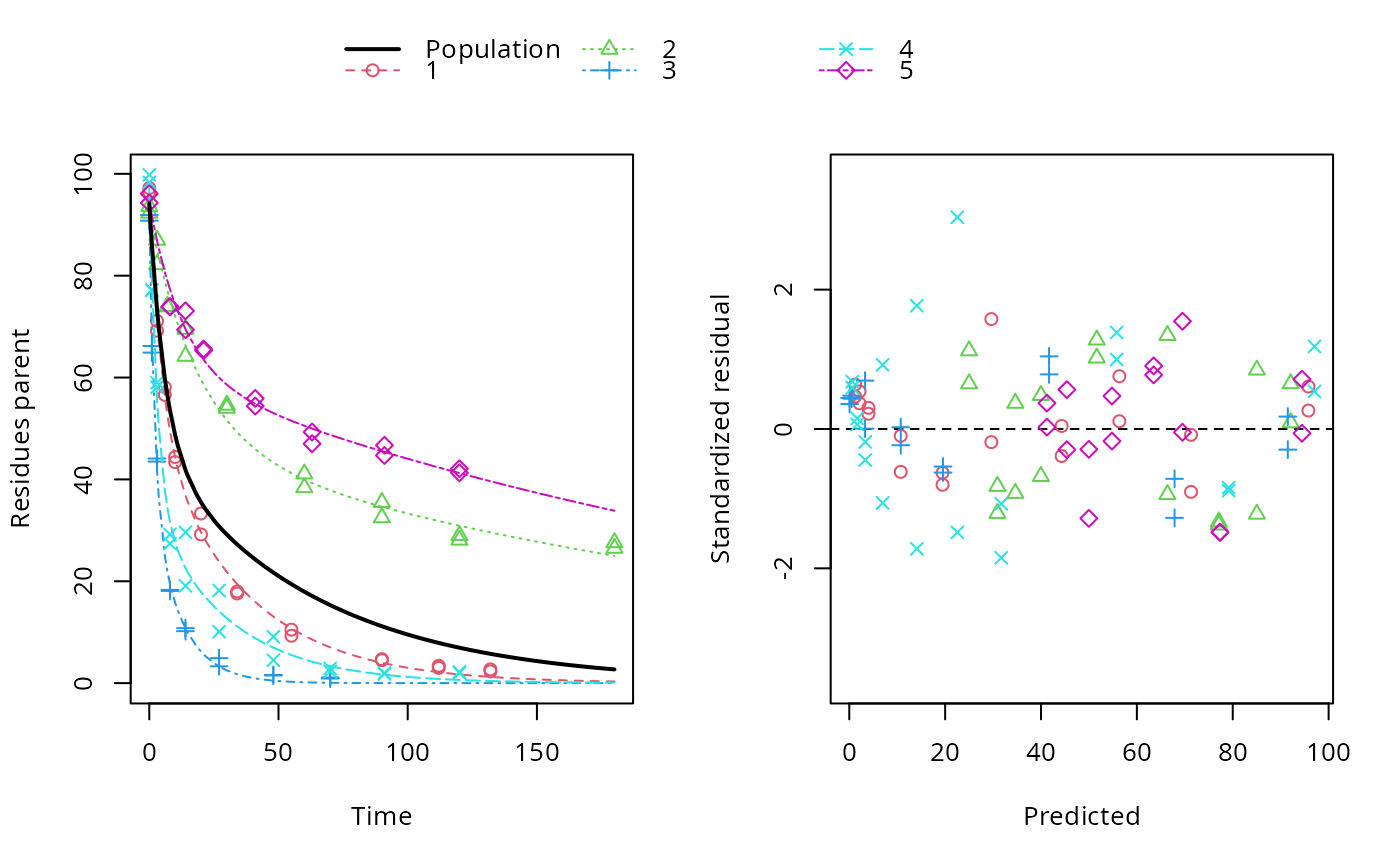
The server refused to answer for the queryįor an exhaustive list of DNS return codes, check out the standard list on the IANA website. Server failed to complete the DNS request
#Rcode nlme code
ĭNS return codes for your queries on our network can be seen in the query logs on your site administration dashboard.īelow is a list of the most common DNS return codes you will come across DNS Return Code Objects created using this constructor must later be initialized using the appropriate Initialize method. If your query is successful (which is often the case) you will get the RCODE:0 code whose short name is NOERROR. R Documentation AR (1) Correlation Structure Description This function is a constructor for the corAR1 class, representing an autocorrelation structure of order 1. Failures are instant, and using nslookup I can confirm that Pihole is returning a 'Refused' response.
#Rcode nlme windows
Chome on my Windows workstation will occassionally stop working due to DNS failures. These DNS return codes also have short names (DNS return messages) attached to them which helps to easily understand what they mean.ĭNS return codes mostly describe what happened to your query when it fails. Symptoms Im experiencing unusual behaviour on a new installation of Pihole. In the plot above, responses are predicted at each of one hundred evenly-spaced exposures.Īt each exposure, there are 100 points shown - i.e. each vertical tower contains exactly 100 points.When you make a DNS query, the response you get is accompanied by a code describing what happened to the query that was made. Rename(Exposure = exposure, Response = response) %>% The subject-level predictions (i.e. the predictions with added noise) are also available in the samp object via the response column.įor instance, if you wanted to infer on the distribution of responses for a single unit (patient, dog, country, whatever) with given exposure, this is the distribution you would be using: samp %>% head(100 * 100) %>% Geom_line(aes(group = mcmcid), alpha = 0.1, col = 'purple') +Įach of the 150 purple lines above is a candidate for the mean exposure-response curve (or dose-response curve, if you prefer), hence the column name respHat. Rename(Exposure = exposure, Response = respHat) %>% how does the expected curve look? samp %>% head(100 * 150) %>% This facilitates my favourite method of visualising Bayesian model inferences: overplotting dots and lines.Į.g. Stan1 % head(10) %>% knitr::kable() mcmcid 2016).įitting the sigmoidal model is as simple as running code like: library(rstanemax)
#Rcode nlme software
The rstanemax package by Yoshida (2019) implements a Bayesian version of Emax, offloading MCMC sampling to the miracle software Stan (Carpenter et al. \[ R_i = E_o + \frac\) and more than halved the associated standard error. In many situations, this assumption is inappropriate.Įmax is a non-linear model for estimating dose-response curves.

This bakes into the analysis that an event probability of 1.0 is not only possible, but guaranteed, given high enough exposure. Put another way, there is no way for the response curve to asymptote to some value other than 1.0.

, formula = Response ~ Exposure, family = binomial('probit')) %>%īoth of these GLM approaches suffer from the same simple problem they assume that the event probability tends to 1 as the linear predictor tends to infinity. While this functionality does exist in lme4, the nonlinear syntax was always a bit unintuitive for me. Mutate(Response = gtools::inv.logit(.fitted)) %>% Fitting using frequentist multilevel modelling (nlme) Here, we use a multilevel modelling approach, but still using maximum likelihood. , formula = Response ~ Exposure, family = binomial('logit')) %>% Here is a logit model fit to the data: library(broom)

Those data might look like this: library(ggplot2) Let’s say we have some outcomes observed at different doses or exposures of some intervention.


 0 kommentar(er)
0 kommentar(er)
